Quick Hits
- Wayne Rooney has been in charge of DC United for six games, which means we now have a good idea of what he’s trying to do with his team
- Today, we’re walking through Rooney’s tactical choices, DC’s roster build, and next steps as they try to go from Wooden Spoon contender to actual contender
When you think of The Play in various American sports, some indelible moments stand out. Basketball has the Christian Laettner buzzer-beater to beat Kentucky in the Elite 8 of the NCAA Tournament in 1992. American Football has the Immaculate Reception by Franco Harris in the AFC playoffs back in the ‘70s. Hockey has the triple deke by Charlie Conway to beat the Hawks.
For MLS, The Play was that Wayne Rooney to Luciano Acosta goal in 2018.
With a minute left in second half injury time in a tied game against Orlando City, DC brought goalkeeper David Ousted into the box for one last corner kick. The corner was busted, but Rooney tracked back to stop a potential three-on-zero break against an empty net with an immaculate slide tackle at midfield. The English legend quickly got to his feet, collected the ball, and then lofted the perfect back post ball for Acosta – the shortest man on the field – to head in for the game-winning goal.
My new drug is putting that sexy saxophone crescendo from "Baker Street" over highlights...
— Mike Pendleton / @phat7deuce@mas.to (@phat7deuce) October 11, 2018
Exhibit A: Wayne Rooney to Acosta (2018) pic.twitter.com/AdAc8bxHvj
This was a historically significant play for several reasons, but for Rooney it also showed an authentic deep-cut of who he was on the pitch: a fighter, a teammate, a leader. Rooney has a lot of fighting and leading to do if he wants to push DC United closer to their former heights.
A lot has changed for DC United and for Rooney since that goal in 2018. Luciano Acosta moved on to new surroundings. DC’s forever manager Ben Olsen was finally replaced by the Argentine Hernan Losada. With his family unhappy in DC, Rooney went back to England to transition to the next stage of his career as a player-manager for Derby County and became the Rams’ full-fledged manager in 2021.
That’s when things started to go off the rails.
After allegations of abusive behavior were made by players, DC fired Hernan Losada in April and subsequently fell to the bottom of the Eastern Conference table. The whole ‘Wagtha Christie’ controversy went to trial in London. After a failed takeover bid, Derby County went into administrationand was relegated out of the Championship due to their steep penalty. Rooney resigned in June. All of that chaos set up a perfect storm for an unlikely reunification in July between Rooney and DC United. This time, though, with Rooney as the man patrolling the sideline.
Now that Rooney has six games under his belt as manager, we have a pretty good idea of what he’s trying to do with DC United and what is still left to be done.
TACTICAL DIFFERENCES BETWEEN LOSADA AND ROONEY
When Hernan Losada arrived in DC, he was heralded as a manager for the modern game, with a high-energy pressing system that drew comparisons to fellow Argentine Marcelo Bielsa. Much of that rang true. But by hiring Rooney as their manager, DC United prompted a tactical shift away from their former coach’s direct play.
Delighted to be back at @dcunited, this time as manager. Looking forward to getting started. 🙌⚫️🔴 #DCU pic.twitter.com/oChKaRhOH6
— Wayne Rooney (@WayneRooney) July 12, 2022
DC have significantly dialed back to the press under Rooney. According to FBref, they’re averaging just over 116 pressing actions per game compared to over 160 per game before Rooney took over – that’s a 27.3% decrease.
Under Losada, DC United’s formation was based around a three-man backline. During buildup, Losada built from the back by pushing his outside center backs high and wide. That pattern allowed wingbacks Julian Gressel and Brad Smith to release down the sideline to provide attacking width. The backline also helped lure the opposing press forward, which opened opportunities for movement up the wings or progressive play through midfield and the halfspaces.
Simply put, Losada’s system revolved around pressing out of a back three, winning the ball, and funneling attacks out wide to create numerical advantages.
The most visible change for DC under Rooney is his decision to trade the three-man backline for the more traditional back four. In Rooney’s first six games, DC United has primarily played in a 4-3-3. While in charge of Derby County, Rooney didn’t seem married to one particular formation. The Rams played a variety of formations including a 4-2-3-1, 4-3-3, 4-4-2, and even a 3-5-2 depending on certain matchups. More formation flexibility might be something in the cards for DC in 2023 after Rooney has a preseason to properly install his tactical system.
With a different formation and only two center backs in the backline, DC’s buildup has changed. The most curious development has been the aggressive use of the goalkeeper in the buildup. Rooney has deployed Rafael Romo (for better or worse) as a sweeper-keeper since his first game in charge against Orlando City on July 31.
DC United goalkeeper Rafael Romo touch map vs Orlando so far. Very much the sweeper keeper. #DCU pic.twitter.com/8DpCNd13hE
— James Nalton (@JDNalton) July 31, 2022
In possession, the two center backs position themselves high and wide with Romo coming up in-between to form a quasi three-man backline. When teams step forward to press, DC look for attackers in space between the opposing midfield and defense. Other teams like NYCFC, Charlotte, and Austin feature the goalkeeper prominently in their buildup, but Romo’s positioning has been far more aggressive than any of those teams.
The benefit of using the goalkeeper in buildup is that you add an extra number into your possession play without using one of your outfield players. You then have more flexibility to create overloads in other parts of the field.
That said, there are downsides too. If you’re going to push your goalkeeper forward, that player has to be comfortable on the ball. And, without a central defender providing a safety net in the back and with the goalkeeper more likely to be caught out of position, mistakes are more likely to lead to scoring opportunities for the opposition. Those downsides were fully on display last week when DC tried to pass through the Philadelphia Union’s press. It, uh, didn’t work.
HAT TRICK GOAL!!!! PRE-EMPTIVE PLAYER OF THE WEEK JUST START VOTING NOW #VOTECARRANZA | #DCvPHI 0-5 | #DOOP pic.twitter.com/zWxfNVL1Ma
— PhilaUnion (@PhilaUnion) August 21, 2022
DC’s buildup is a work in progress and so is their attacking play higher up the field. DC have really struggled offensively since Rooney’s takeover: they’re averaging a league-worst 0.68 xG per game under their new manager, per American Soccer Analysis.
At Derby County, Rooney liked to use his fullbacks to create an overload on the sideline before switching the play to the opposite side to an attacker in a one-v-one situation. We’ve seen glimpses of that overload-to-isolate pattern in DC’s recent games. The sequence that created Taxi Fountas’ game-winner against Orlando City is one example.
— - (@WinThePointsFC) August 23, 2022
Plays like the one above are good, but DC’s attacking patterns are too reliant on wing-play, which isn’t enough to consistently punish defenses.
A SLEW OF NEW SIGNINGS
Rooney’s appointment as manager hasn’t been the only major change in DC.
Early this season, Edison Flores, who struggled to produce over three seasons, was sold to Atlas. With DC no longer playing Losada’s wingback-focused system, Julian Gressel was sent packing to Vancouver. Ecuadorian forward Michael Estrada’s loan was terminated early, too.
With some major players leaving the club, DC went hard in the transfer market. They signed Crystal Palace striker Chrisitan Benteke, among many other players. While Rooney surely likes the idea of having Benteke as a target in the box, the Belgian is still dealing with a visa issue that has delayed his MLS debut.
⚫️ 𝗕𝗘𝗡𝗧𝗘𝗞𝗘 𝗶𝘀 𝗕𝗹𝗮𝗰𝗸-𝗮𝗻𝗱-𝗥𝗲𝗱 🔴
— D.C. United (@dcunited) August 5, 2022
D.C. United sign Belgian forward @chrisbenteke from Crystal Palace.#DCU || #VamosUnited
At 6’3”, the 31-year-old Belgian is a traditional central forward. While his production declined in recent years, Benteke has real aerial ability and, even in limited minutes last year for Crystal Palace, he took 7.49 touches in the box per 90 minutes. That number put him in the 96th percentile for Europe’s major leagues, per FBref.
Because DC’s current play is focused on getting the ball out wide and crossing, having a target forward could do wonders for DC.
Some of Rooney’s other big moves include signing Ravel Morrison to a TAM deal on a free transfer from Derby County and defensive midfielder Victor Pálsson was also signed from Schalke. DC United’s midfield is undergoing a face-lift, folks.
WHAT STILL NEEDS TO CHANGE FOR DC?
Given their place in the standings right now, Rooney isn’t going to save DC United’s 2022 season. But there are several items that DC should prioritize to get out of Wooden Spoon contention for 2023.
For one thing, DC United have to continue to spend on their roster by signing another Designated Player and using the rest of their U22 Initiative slots.
The biggest limiting factor for DC United over the years has been the frugality of their ownership. Spending for a big-name DP in Chrisitan Benteke to compliment Taxi Fountas is a great sign, but it needs to continue. Clubs that want to be relevant in MLS need to use all of the roster mechanisms at their disposal. Right now, DC is only using one U22 initiative slot on midfielder Chris Durkin. After buying down Pálsson, signing a Young DP or a third DP with a TAM-level salary allows DC to utilize two more of those U22 initiative slots.
However to efficiently use those spots, ownership must be willing to spend money not just on player transfer costs but on scouting and recruitment as well.
As they head into next season, DC also need to sort out their possession play.
If DC are going to play out of the back with an aggressive goalkeeper, they’ll need to find ball-playing center backs and a goalkeeper who can play with their feet. Bill Hamid likely won’t be around in DC much longer, so maybe David Ochoa is the answer? Ochoa is talented, but he’s an unproven quantity with the ball at his feet and is out of contract for 2023. If DC can’t get these players, Rooney will have to change his approach.
It won’t be easy to iron out their possession and diversify their attacking patterns, but those are both necessary things if DC want to climb out of the Eastern Conference’s basement.
If Rooney can do that and help DC United regain its past glory, his MLS legacy will transcend beyond just The Play against Orlando a few years ago.


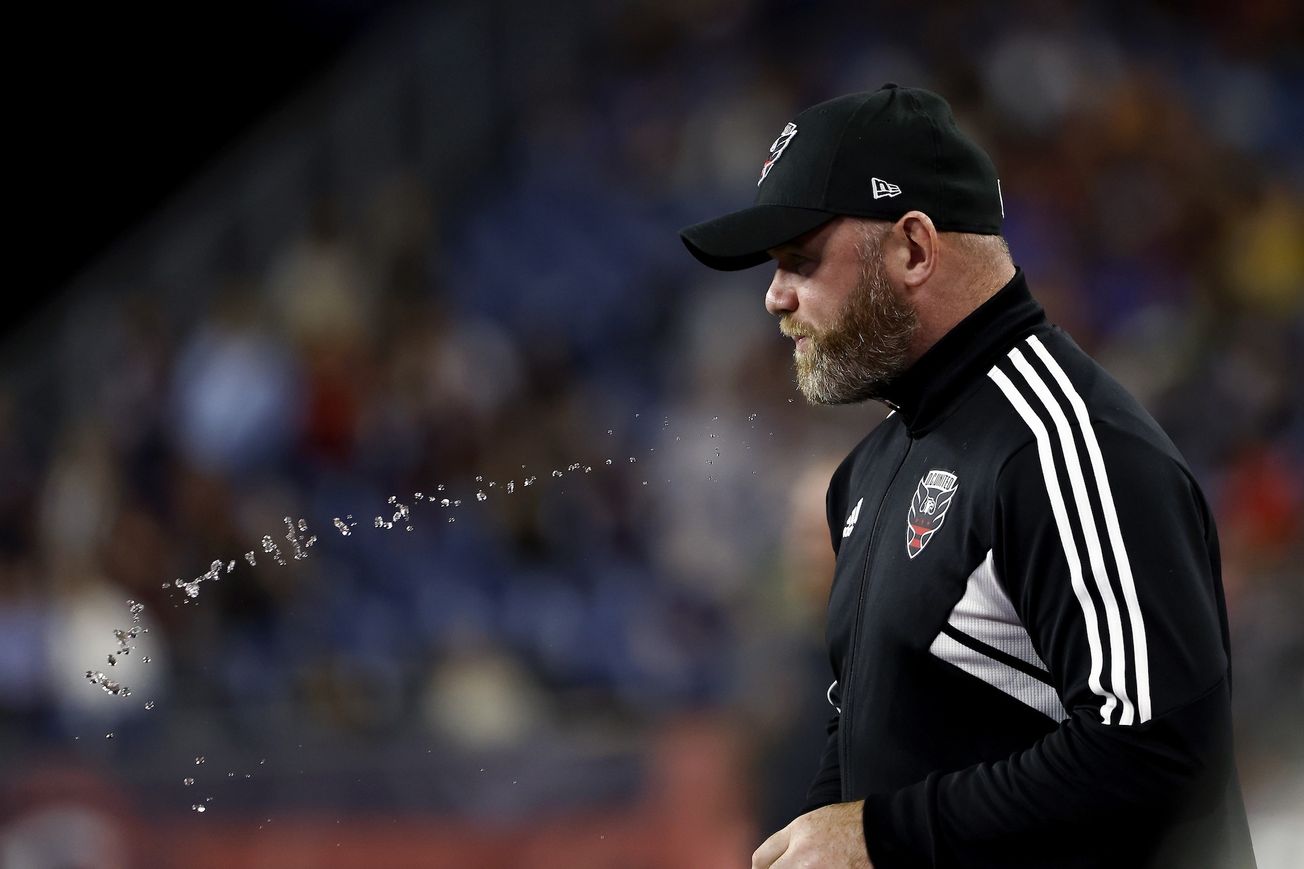
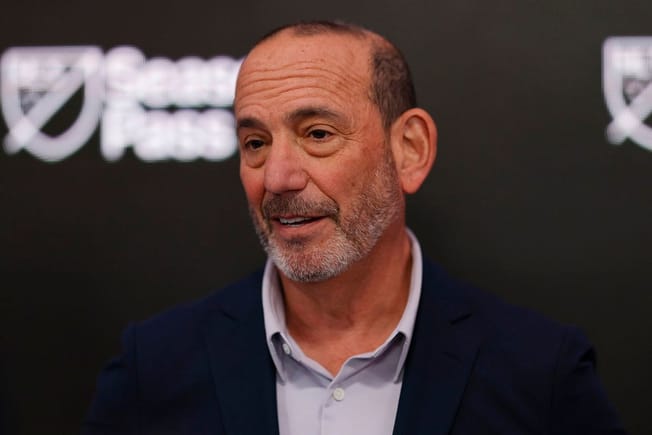
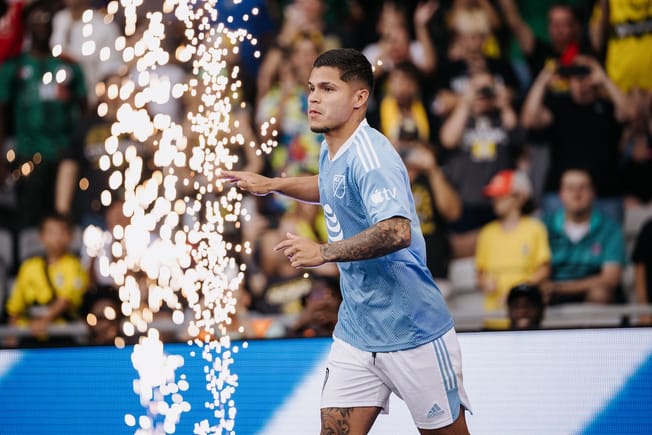
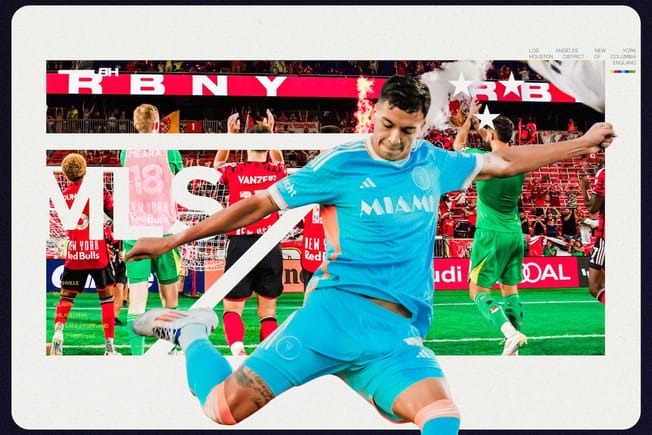
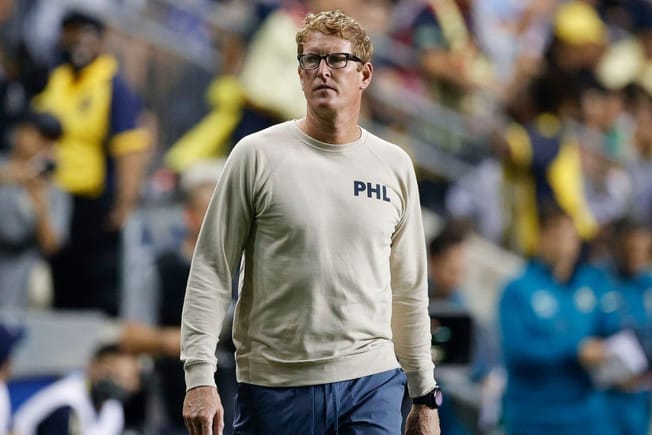
Comments